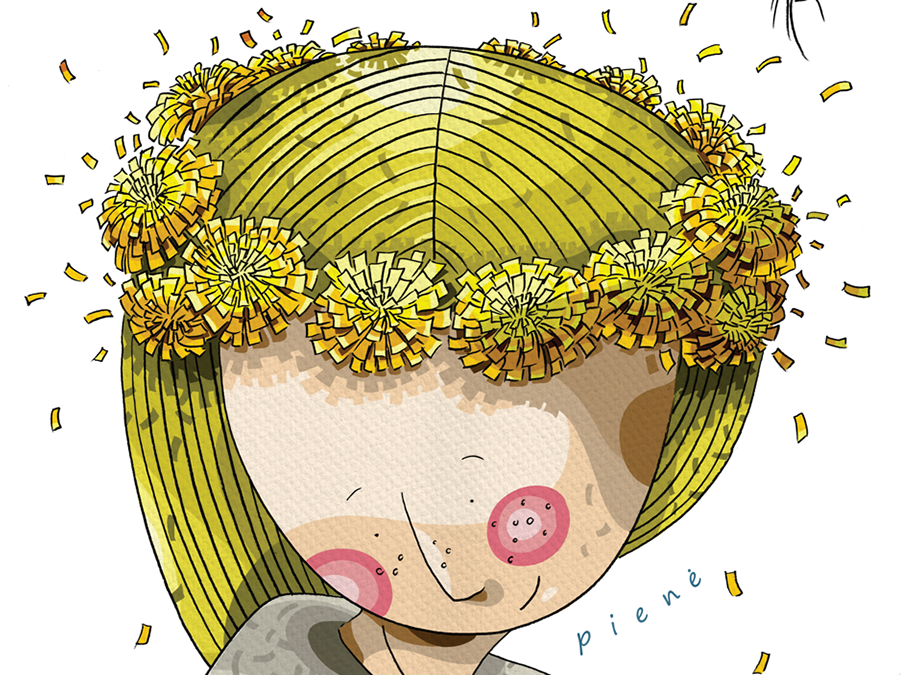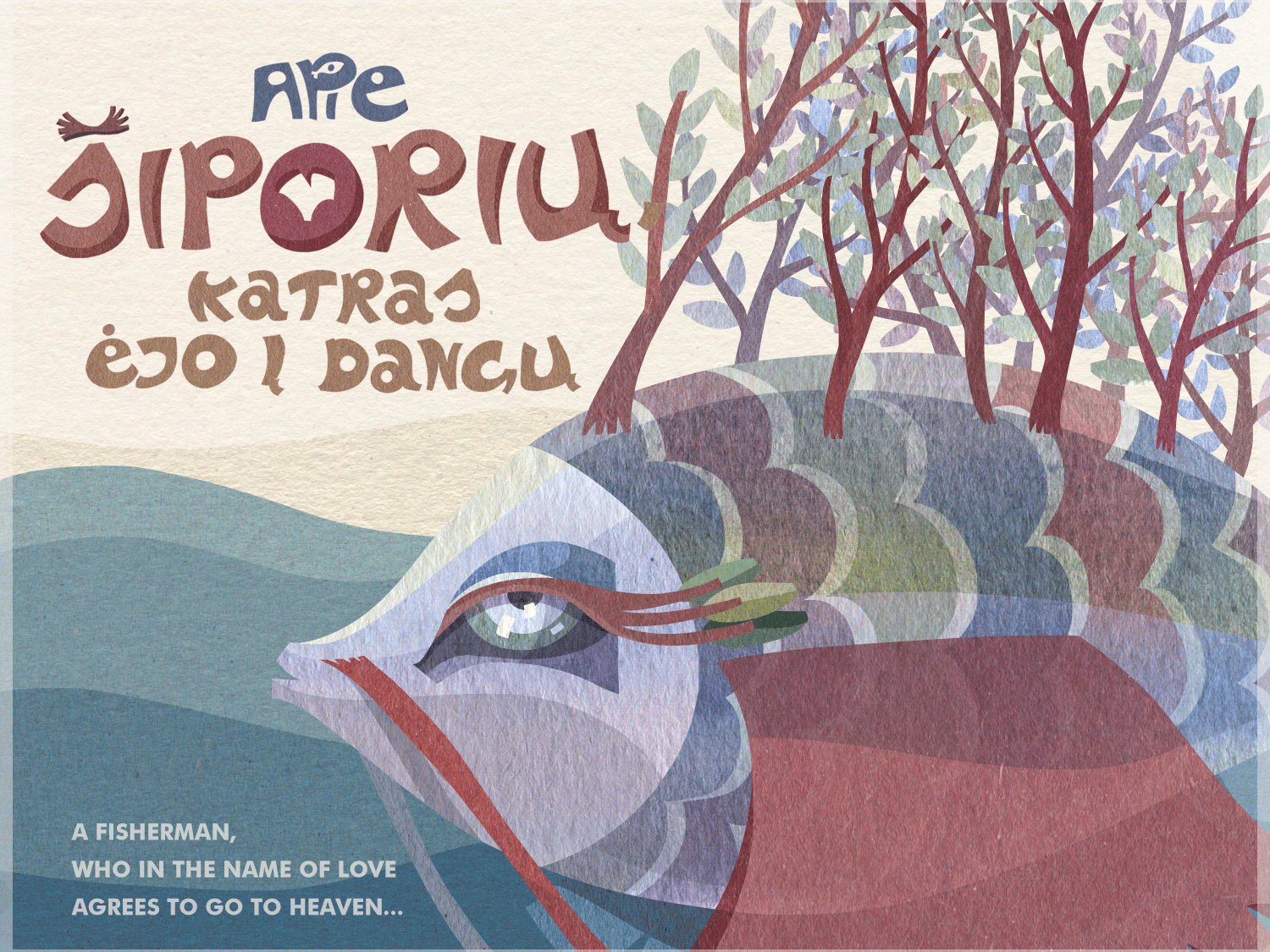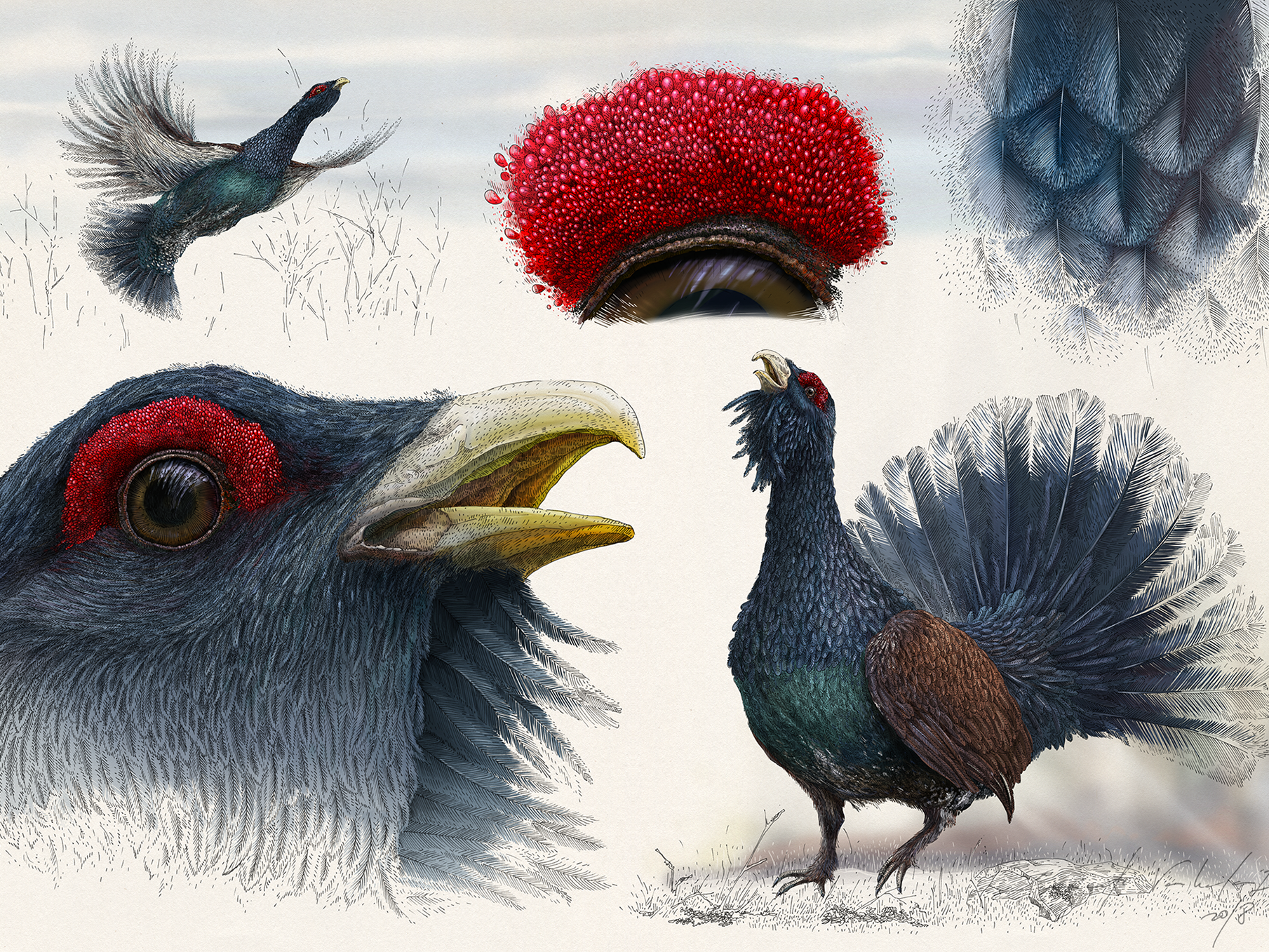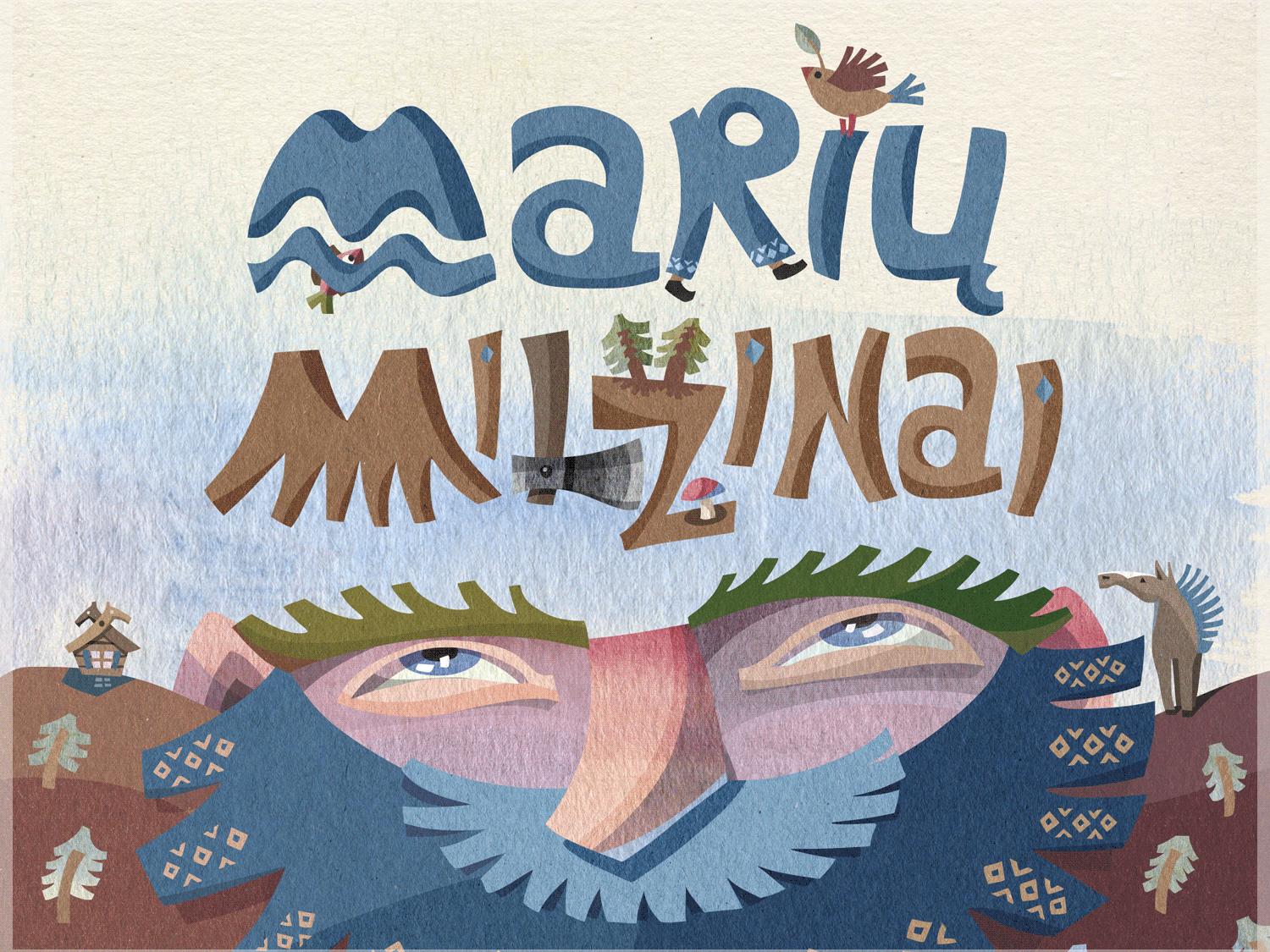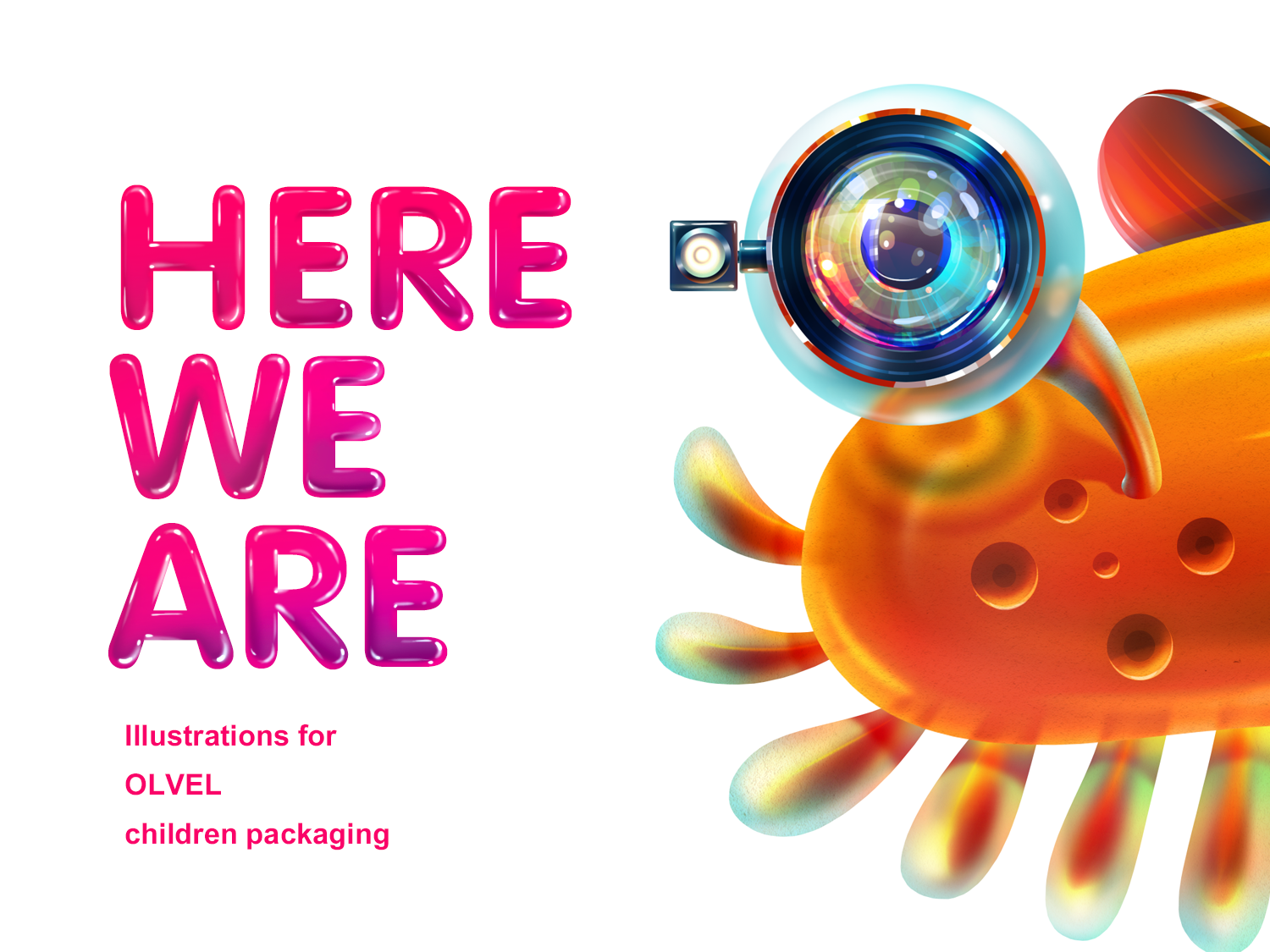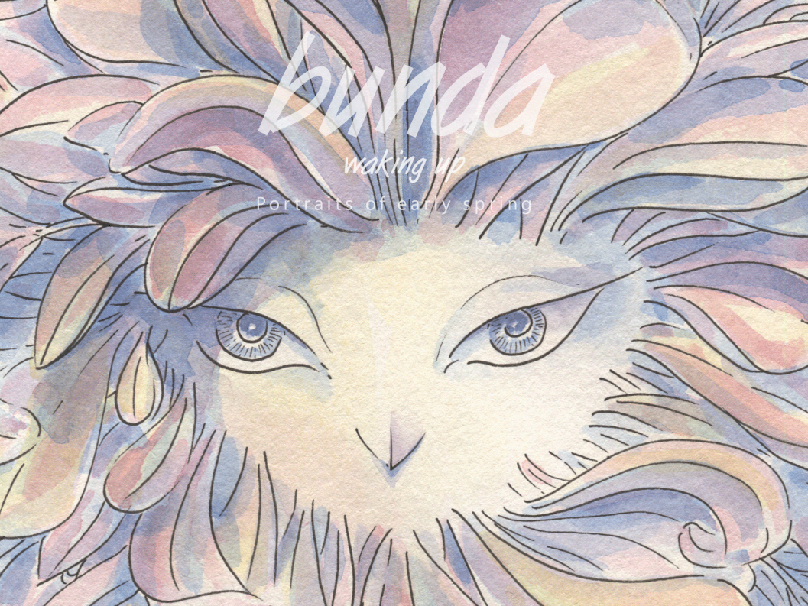The eyes of this bird have caught my attention and I decided to find out more about it and to tell its story in a set of drawings.
The Atlantic puffin is a species of seabird in the auk family. It is the only puffin native to the Atlantic Ocean. This bird is most commonly found on the Westman Islands, Iceland. The Atlantic puffin has really well recognizable features of its look. It is sturdily built with a thick-set neck and short wings and tail. It is 28 to 30 cm in length from the tip of its stout bill to its blunt-ended tail.
The visual story about the Atlantic puffin in one composition.
The eye looks almost triangular in shape because of a small, peaked area of horny blue-grey skin above it and a rectangular patch below. The beak is boldly colored and very distinctive. From the side, the beak is broad and triangular, but viewed from above, it is narrow. The half near the tip is orange-red and the half near to the head is slate grey. A yellow, chevron-shaped ridge separates the two parts, with a yellow, fleshy strip at the base of the bill. At the joint of the two mandibles is a yellow, wrinkled rosette.
At sea, the Atlantic puffin swims on the surface and feeds mainly on small fish, which it catches by diving under water, using its wings for propulsion.
In winter the Atlantic puffin usually stays alone or in a pair.
Like many seabirds, the Atlantic puffin spends most of the year far from land in the open ocean and only visits coastal areas to breed. It is a sociable bird and it usually breeds in large colonies. The breeding season starts in late spring. The Atlantic puffin nests in clifftop colonies, digging a burrow in which a single white egg is laid.
Although it has a large population and a wide range, the species has declined rapidly, at least in parts of its range, resulting in it being rated as vulnerable by the IUCN.
Some details of the creative process.
The ink drawing on paper, later filled with watercolor.
Thank You for an attention to my artwork!
¡Gracias por atención!
Ačiū!


